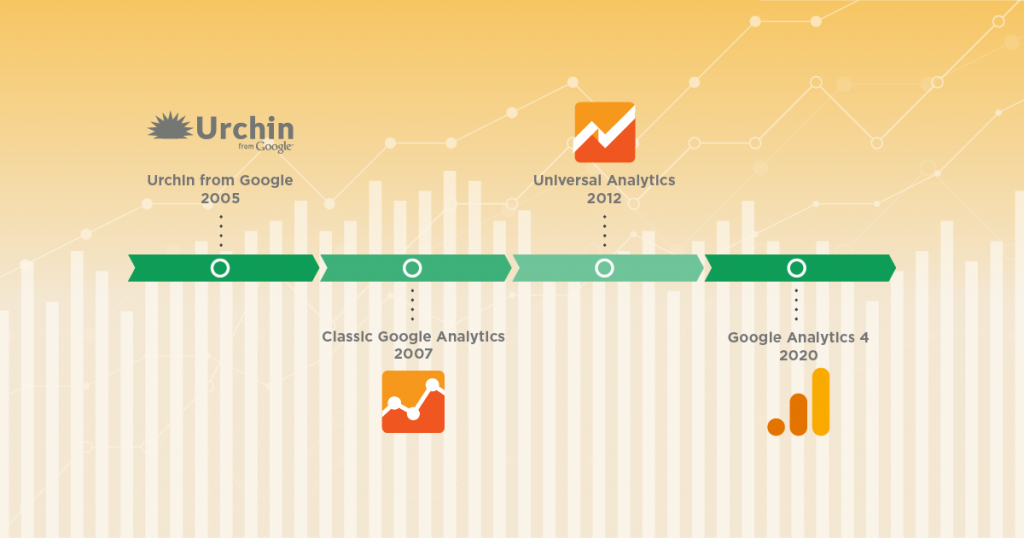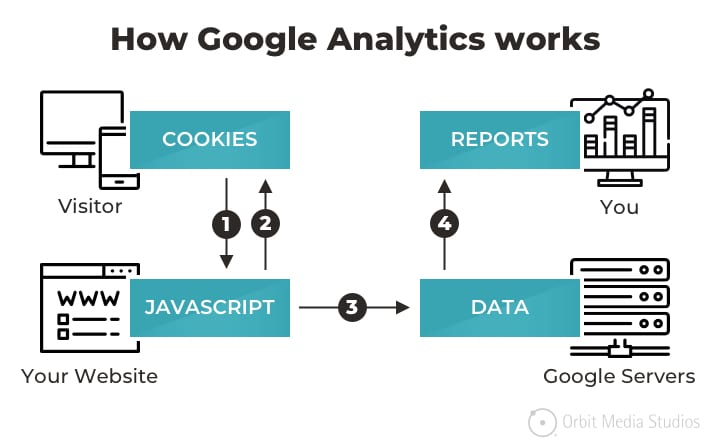Master Site Insights With Accurate Google Analytics Monitoring Code
The effective usage of Google Analytics rests on the accurate implementation of its tracking code, a fundamental action often overlooked by website proprietors. This apparently straightforward JavaScript fragment, when properly placed, becomes the foundation of information collection, offering insights right into individual behavior and website performance. However, challenges can develop during configuration, potentially skewing the data and leading to mistaken decisions. Understanding these intricacies is crucial for taking full advantage of the benefits of analytics. What are the usual risks that could undermine your monitoring efforts, and how can you make certain accuracy in your approach?
Recognizing Google Analytics Fundamentals
Google Analytics is an important device for site proprietors and marketing professionals, providing very useful insights right into user habits and internet site performance. At its core, Google Analytics gathers information about site visitors to an internet site, allowing individuals to analyze metrics such as web traffic sources, individual interaction, and conversion rates. Recognizing these basics is critical for optimizing a web site's effectiveness and enhancing individual experience.
The system uses cookies to track interactions, tape-recording information such as web page sights, session durations, and bounce rates. This information is aggregated and offered via customizable dashboards, allowing customers to envision fads over time. Key performance indicators (KPIs) can be kept an eye on, such as the overall variety of individuals, new versus returning visitors, and the geographic distribution of the audience.
Moreover, Google Analytics offers segmentation attributes, permitting customers to separate certain website traffic resources or individual demographics for even more targeted analysis. By mastering these foundational components, internet site proprietors can make enlightened choices regarding content technique, marketing campaigns, and general website improvements. Inevitably, comprehending Google Analytics fundamentals is essential for leveraging data to drive growth and achieve business objectives properly.
Establishing Up Your Tracking Code

Copy the provided tracking code and paste it right into the HTML of your website. Ideally, this code ought to be put in the header section of every page you wish to track. This ensures that the tracking code lots prior to any type of various other material, allowing it to capture information properly. If you are using a material monitoring system (CMS) like WordPress, there are plugins available that streamline the combination process.
After setup, verify that the monitoring code is working correctly by making use of Google Tag Assistant or the Real-Time records in Google Analytics - when does the google analytics tracking code send an event hit to analytics?. This step is important to validate that your data collection is energetic and precise, establishing the foundation for informative analysis
Typical Tracking Code Issues
This may happen when the monitoring code is placed in the wrong area of the website's HTML, typically leading to missing or incomplete information. In addition, having multiple instances of the tracking code on a solitary web page can result in filled with air metrics, as user interactions might be counted a lot more than as soon as.
Another issue occurs from using advertisement blockers, which can protect against the monitoring code from performing entirely, therefore skewing information. when does the google analytics tracking code send an event hit to analytics?. In addition, failing to set up filters correctly can lead to the exemption of essential website traffic resources or the inclusion of unwanted referral spam, distorting the data collected
Website owners may likewise forget the relevance of monitoring code updates, specifically when moving to Google Analytics 4 (GA4) from Universal Analytics. Last but not least, not enough screening prior to introducing adjustments can lead to unnoticed mistakes in the tracking code, even more complicating data integrity. Resolving these usual concerns is vital for making sure precise tracking and insightful analytics.
Studying Web Site Data Effectively
Accurate information collection is only the primary step in leveraging Google Analytics; the actual value lies in properly assessing that data to drive informed decision-making. To attain this, it is crucial to determine essential efficiency signs (KPIs) that align with your company objectives. Concentrate on metrics such as conversion rates, individual interaction, and traffic resources, as these will give insights into individual behavior and the general efficiency of your web site.
Making Use Of Google Analytics' division Click Here functions allows for a much deeper understanding of your audience. By breaking down information into details demographics, habits, and website traffic channels, you can reveal trends and patterns that educate targeted techniques. Applying custom-made records and dashboards can enhance this procedure, enabling fast access to essential data.
In addition, on a regular basis reviewing data fads in time aids to identify anomalies and possibilities for improvement. Use visualization devices to existing information in an easily digestible layout, facilitating a lot more reliable interaction with stakeholders. Ultimately, the capability you could try this out to examine website data efficiently equips organizations to make strategic decisions that improve individual experience, maximize advertising and marketing initiatives, and drive growth.

Finest Practices for Accurate Tracking
Applying efficient monitoring methods is important for getting reliable information in Google Analytics. To make sure accurate monitoring, start by properly installing the Google Analytics tracking code on every web page of your website. This can be completed through a tag supervisor or by directly installing the code right into the HTML.
Next, configure your Google Analytics account to exclude inner web traffic. This can be done by establishing up filters that identify and eliminate gos to from your company's IP address, thereby stopping manipulated information. Additionally, use occasion monitoring to check specific individual communications, such as downloads or video clip plays, which typical page views may ignore.
Consistently audit your tracking setup to verify that all functions, such as objectives and ecommerce monitoring, are working effectively. Develop a regular identifying convention for your events and campaigns to help with simpler reporting and analysis.
Lastly, think about leveraging UTM specifications for campaigns to acquire insights into the performance of various advertising and marketing initiatives. By adhering to these ideal techniques, you can boost the precision of your data collection and evaluation, inevitably resulting in more informed decision-making for your website.
Conclusion
By making certain the tracking code is appropriately put and regularly examined, website proprietors can capture crucial user communication information, therefore promoting the identification of vital performance signs. Ultimately, a robust monitoring framework improves the capacity to drive engagement and enhance total site efficiency.

Not see this enough screening before launching changes can result in unseen mistakes in the tracking code, further making complex information dependability.Executing effective monitoring methods is essential for obtaining reliable information in Google Analytics. By guaranteeing the tracking code is properly placed and regularly examined, site owners can record important user communication data, hence helping with the recognition of crucial performance signs.